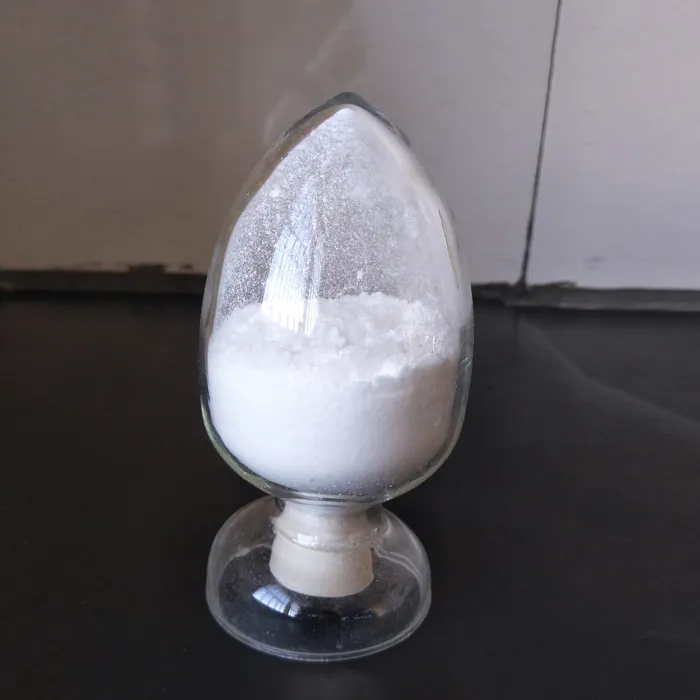Understanding Active Pharmaceutical Ingredients A Comprehensive Overview
Active Pharmaceutical Ingredients (APIs) are the cornerstone of pharmaceutical development, sitting at the heart of drug formulation and therapeutic efficacy. As the substances in a drug that provide the intended therapeutic effect, APIs play a crucial role in determining a medication's effectiveness, safety, and overall quality. In this article, we will explore what APIs are, their significance in the pharmaceutical industry, their classifications, and the challenges involved in their development and manufacturing.
What are Active Pharmaceutical Ingredients (APIs)?
An Active Pharmaceutical Ingredient is defined as any substance or mixture of substances intended to be used in a drug product that, when administered to a patient, provides a pharmacological effect. APIs can be derived from natural sources, synthesized through chemical processes, or produced using biotechnological methods such as fermentation or cell culture. They are often combined with excipients—inactive substances that stabilize and carry the active ingredients—to create the final pharmaceutical product, whether in tablet, capsule, or injectable form.
Significance of APIs in Drug Development
APIs are essential for the efficacy of any medication. Their purity, potency, and quality are critical because any variations can lead to different patient outcomes. The development of new APIs is a complex and painstaking process involving extensive research, clinical trials, and regulatory approvals. Pharmaceutical companies invest billions of dollars in discovering new APIs, as they hold the potential to treat diseases more effectively and safely than existing therapies.
Classification of APIs
APIs can be classified based on various criteria
1. Chemical Structure APIs can be small molecules or large biomolecules. Small molecules often refer to traditional chemical compounds, while large molecules usually pertain to biologics, such as monoclonal antibodies or proteins.
2. Source Some APIs are obtained from natural sources (e.g., plants, animals), while others are synthetically produced or semisynthetic. Biopharmaceutical APIs are produced using biotechnology, harnessing living organisms to create complex molecules.
active pharma ingredients list

3. Therapeutic Use APIs can also be classified according to the diseases they aim to treat, such as antibiotics for bacterial infections, analgesics for pain relief, or antihypertensives for high blood pressure management.
Challenges in API Development
The journey from discovery to market is fraught with challenges. The synthesis of an API must ensure that the production process is scalable, reproducible, and cost-effective. Additionally, regulatory requirements from agencies like the FDA, EMA, or WHO involve rigorous testing for quality, safety, and efficacy, adding another layer of complexity. High manufacturing standards must be met to prevent contamination and variability, which means that facilities must adhere to Good Manufacturing Practices (GMP).
Furthermore, the patent landscape can complicate the development of APIs. Pharmaceutical companies invest heavily in research but must manage legal protections and potential infringements on existing patents.
Future Trends in API Development
The future of API development is likely to witness several exciting trends. The advent of personalized medicine, for instance, has spurred interest in the development of niche APIs that cater to specific patient populations based on genetic profiles. Moreover, advancements in technology, such as artificial intelligence and machine learning, are transforming the API discovery process, enabling quicker identification of potential drug candidates.
Sustainable practices in API manufacturing are becoming increasingly important as the global pharmaceutical industry faces scrutiny over environmental impacts. The shift towards greener chemistry practices is setting the stage for the next generation of APIs that are not only effective but also environmentally friendly.
Conclusion
Active Pharmaceutical Ingredients are more than just components of medications; they are critical to the health of populations worldwide. As the pharmaceutical landscape evolves, understanding the complexities surrounding APIs will be essential for both industry professionals and patients alike. Through innovation, collaboration, and adherence to high regulatory standards, the future holds promise for more effective and safer therapies driven by high-quality APIs.

